Learn These 11 Furniture Styles Before You Shop for New Pieces
Unsure what your favorite furniture style is called? Here's the breakdown of popular styles and how to know what's right for you.
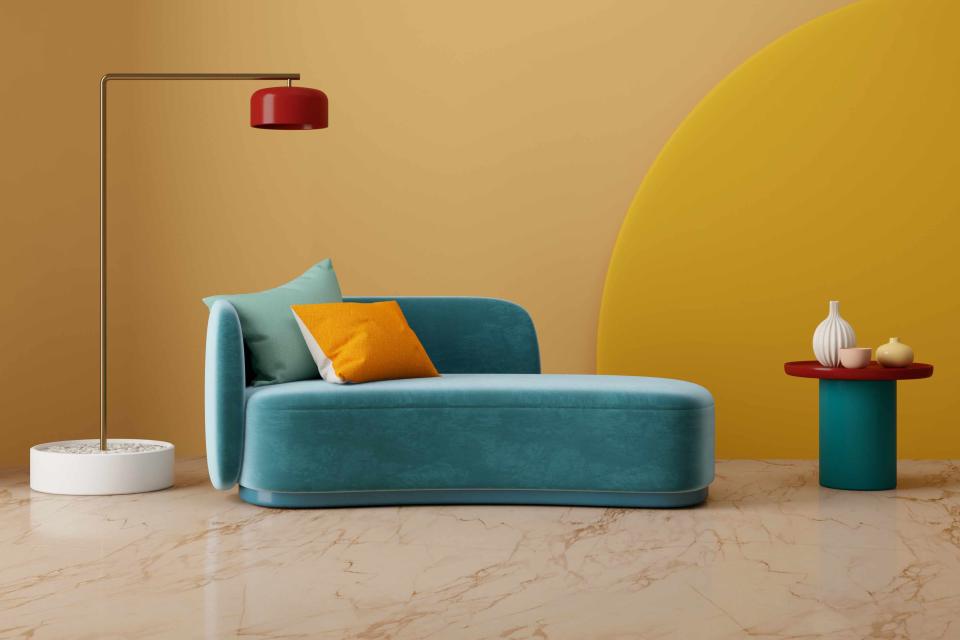
Ninoon/Getty Images
What is interior design without furniture? Sure, there’s interior archways, built-ins, and wall finishes, but much of the oomph of a room is formed by the style of furniture it accommodates. There are so many furniture styles to choose from that it can be hard to know which best compliments the natural architecture of your home and your personal design style. From traditional to Art Deco, here’s a breakdown of eleven popular design styles and how you can choose between them.
Related: The 20 Best Spots to Buy Furniture Online
How to Choose the Right Furniture Design
The size of the space plus personal preferences will largely dictate the style a home’s furniture will take. Because furniture can stay in place for decades, it’s best not to focus on trends. Instead, ensure the furniture is well-made and provides the functionality your household needs. For example, small spaces lend themselves better to movable and multi-functional items, but stately homes can pair well with heavier, statuesque anchor pieces. The furniture itself—beds, sofas, tables, and chairs—should feel like they can meet your needs today and grow with you in the future.
As you're shopping for furniture, take note of the styles that you continue to be drawn to over and over again. If all the furniture that piques your interest has clean lines and minimalistic forms, your style may be best suited to contemporary and mid-century modern furniture. Or, maybe you like the ornate details found in traditional or Victorian furniture. Follow your interests.
And remember, it's okay mix and match furniture styles. In fact, a healthy mix of furniture styles can keep your home from feeling too monotonous and can even make it easier to add or swap out decor items as you wish.
Popular Furniture Styles to Know
Traditional
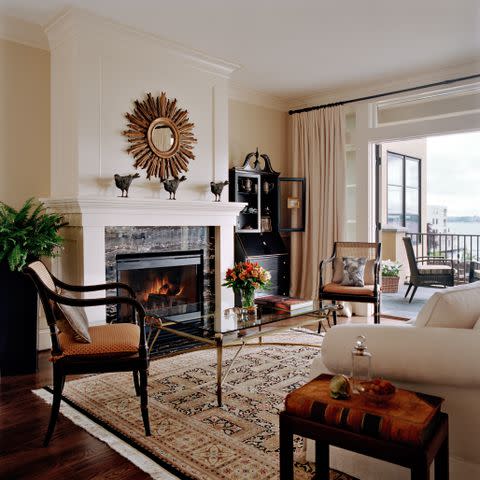
David Papazian/Getty Images
This furniture style usually features Western European motifs, like intricate detailing, ornate carving, brass accents, and crown molding. Oversized or overstuffed furniture, with elegantly designed upholstery, are also part of the traditional furniture look. Expect to see 18th and 19th century British and French designs, and many pieces made from solid dark wood, like oak, mahogany, and walnut.
The timeless look of traditional furniture doesn't age, so you don't have to worry about tiring of it, and small decor swaps here and there can keep your space looking fresh.
Modern
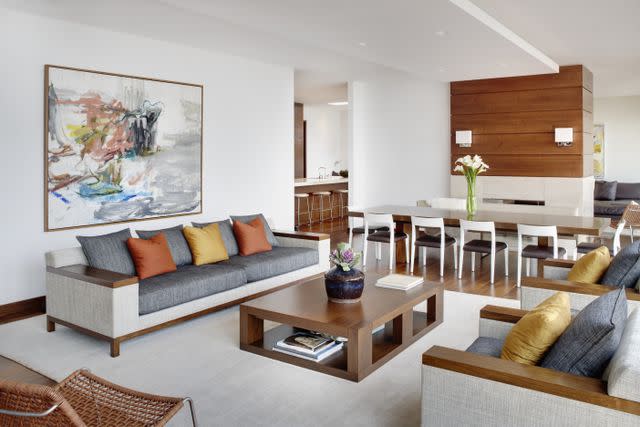
Michael Robinson/Getty Images
Modern furniture styles originated in the 20th century (1900 – 1950) and focused more on function over form. This style draws inspiration from minimalistic pieces that are simple in design, neutral in color, but rich in functionality. A coffee table in this style may simply feature a square top with straight, non-embellished legs—serving its purpose without the extra flair. However, modern furniture can often make a statement with its simplicity when juxtaposed with the many more detailed furniture styles out there.
Modern furniture pieces feature more geometrical forms than the curvy, accented looks of the traditional style. Ideal for lovers of clean lines and uncluttered spaces, modern furniture often incorporates industrial materials, like metal, glass, concrete, and natural wood.
Transitional
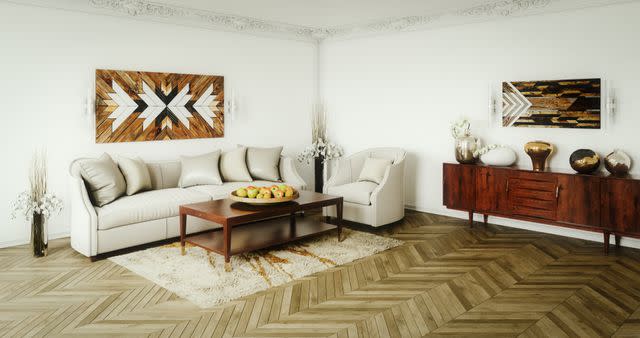
Bulgac/Getty Images
The transitional style was popularized in the 1950s, as it combines traditional and modern furniture designs. The combination provides a cohesive and elegant look that offers versatility as needs change. Expect soft fabric with varied patterns, natural wood, mirrored or glass surfaces, and other quality materials that can make plain designs look high-end. This style offers simple silhouettes and symmetrical balance. Colors may vary from bland to bold, but the look is generally gender-neutral.
Mid-century modern
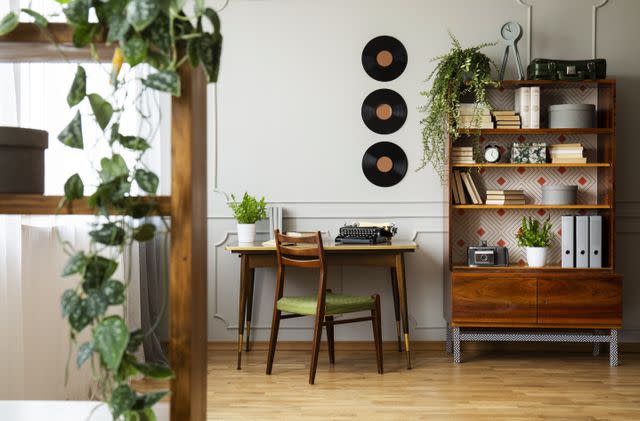
KatarzynaBialasiewicz/ Getty Images
Mid-century modern is one of the easiest styles to spot. This style feels all-American but it does take inspiration from Scandinavian furniture’s features. Minimalistic forms with clean lines and an uncluttered look, this style originated between 1933-1965 and became iconic from the 50s through the 70s. The furniture is made from both natural and artificial materials that take the form of unconventional or geometric shapes and tapered legs. Wood was a very popular material in mid-century modern designs, with teak, walnut, and oak among the most popular finishes.
Victorian
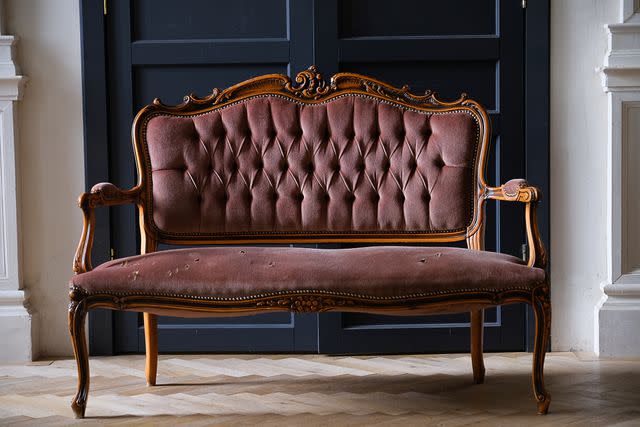
Aleksandr Zubkov/Getty Images
Popularized during Queen Victoria's reign between 1840-1901, this bulky furniture style features elaborate designs, tufted fabrics, and ornate patterns. Victorian furniture is typically adorned with carvings of foliage in the shapes of crockets, trefoils, and quatrefoils. Favored for its luxurious and decadent look, common materials include velvet or leather upholstery with solid walnut, mahogany, or rosewood framing.
Contemporary
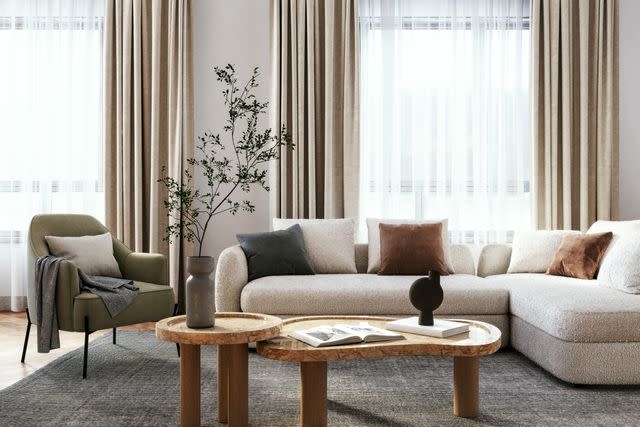
CreativaStudio/Getty Images
While the terminology can be a bit confusing, contemporary isn't the same as modern in the furniture and interior design space. Contemporary furniture design is influenced by modern design, but it's more fluid—adapting with the current popular styles—and isn't restricted to a specific period of time. In general, though, you can expect clean lines, smooth surfaces, and neutral, monochromatic color schemes. If you’re looking for the feeling of floating in the vastness of space—by air or by sea—this furniture style offers that kind of whimsy. It's sleek, lightweight, and offers a clutter-free look. Metal, glass, and solid wood are the most popular materials for contemporary furniture styles. Curved lines and minimal ornamentation are also common characteristics.
Art Deco
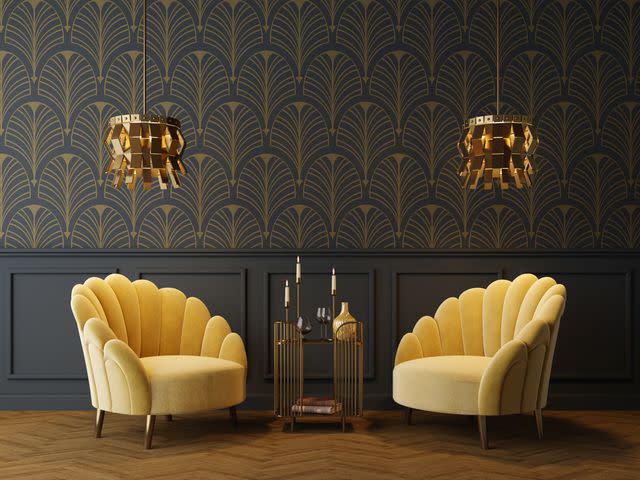
Ninoon/Getty Images
Derived from the French word "art decoratifs," this furniture style was popular between the 1920s and 1930s. It was the dominant style until the end of WWII. Neighborhoods like Miami’s South Beach and Manhattan’s Midtown have made sure that art deco isn’t a passing fad. The furniture style compliments an architectural design that is made distinct by curvature and geometric forms. When found in furniture, triangles meet curves, and pearl inlay meets wood. These natural wood and stone combos are smooth to the touch but offer textured visuals. Sometimes, this furniture style is dramatically paired with animal prints, velvet, and leather.
Rustic
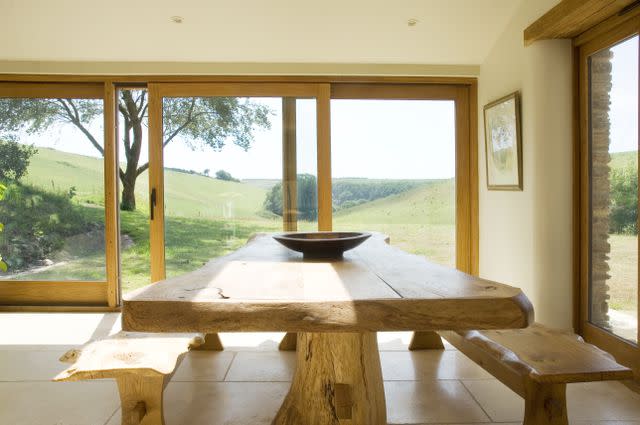
Kim Sayer/Getty Images
The rustic furniture style is pretty self-explanatory. Just think of a log cabin in the woods. This style is inspired by the movement to reclaim natural materials, like wood and leather. Leaving the natural cut of the source material exposed, this furniture is often handmade and completely unique.
With no two pieces the same, you'll find furniture with unique milk paint, chip carvings, or brushwork. While some manufacturers have combined mass-produced bases made of composite woods or light metals with true-to-form organic wooden table and bench tops, it's still possible to find authentic rustic furniture that is built to last. If you're partial to a down-to-earth, antique style, rustic furniture is a perfect match.
Industrial
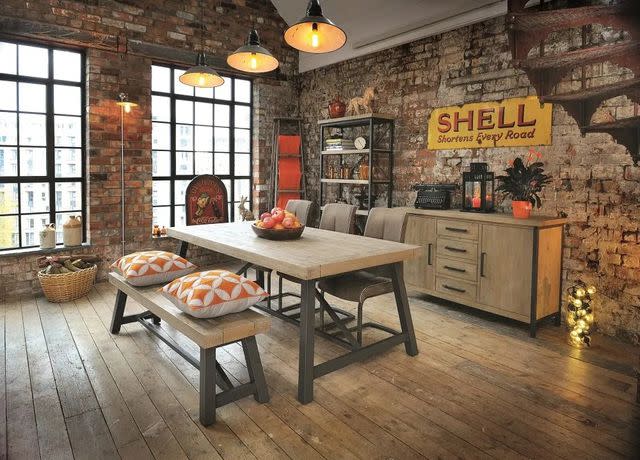
choicefurnituresuperstore.co.uk
The industrial furniture style is influenced by elements commonly found in old factories and warehouses. Although the original usage was for manufacturing or industrialized work spaces, it has been adapted to suit modern residential spaces. This style of furniture is known for its galvanized metal frames and almost threadbare elements. While industrial-style furniture became popular in the early 2000s, industrial lofts and homes with exposed ductwork have kept this edgy silhouette in style well into the present.
Scandinavian
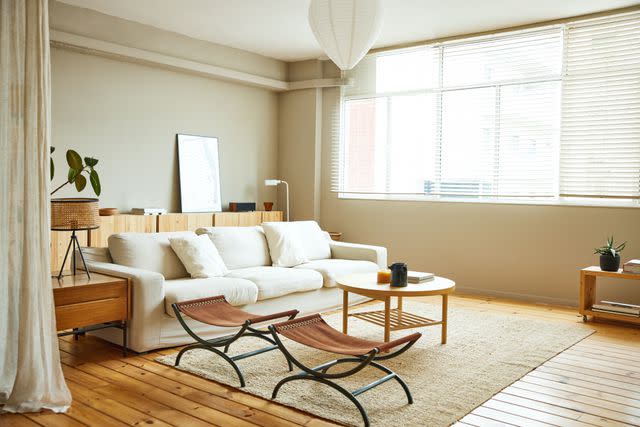
Morsa Images/Getty Images
Hailing from a blend of Scandinavian-inspired looks (Denmark, Norway, and Sweden), this style became popular between the 1930s and 1950s. Then, it became modernized and expanded with the arrival of IKEA to many cities around the world. The simple and functional designs offer clean lines and lightweight, modular options, along with neutral, airy color palettes.
Mission
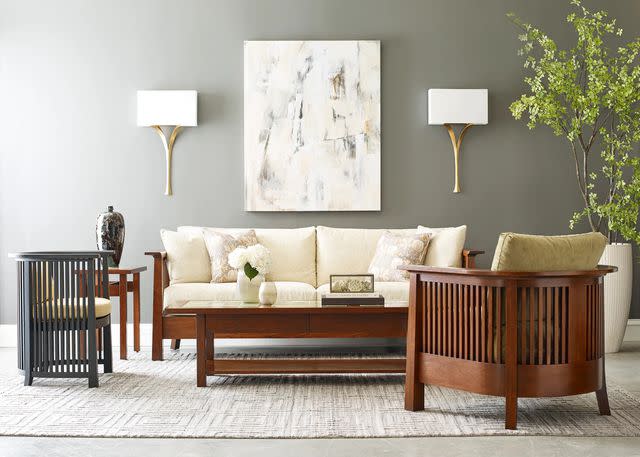
stickley.com
Also known as Craftsman, this style began in the late 19th century as part of an American design movement. It features simple straight lines, rectangular shapes, and spindles. Mission-style furniture is typically very sturdy and bulky, and in solid colors. Flat paneling highlights exposed wood grain. The top priority for this style is artisanal craftsmanship, authentic raw materials, and quality, turn-of-last-century production.
For more Real Simple news, make sure to sign up for our newsletter!
Read the original article on Real Simple.

